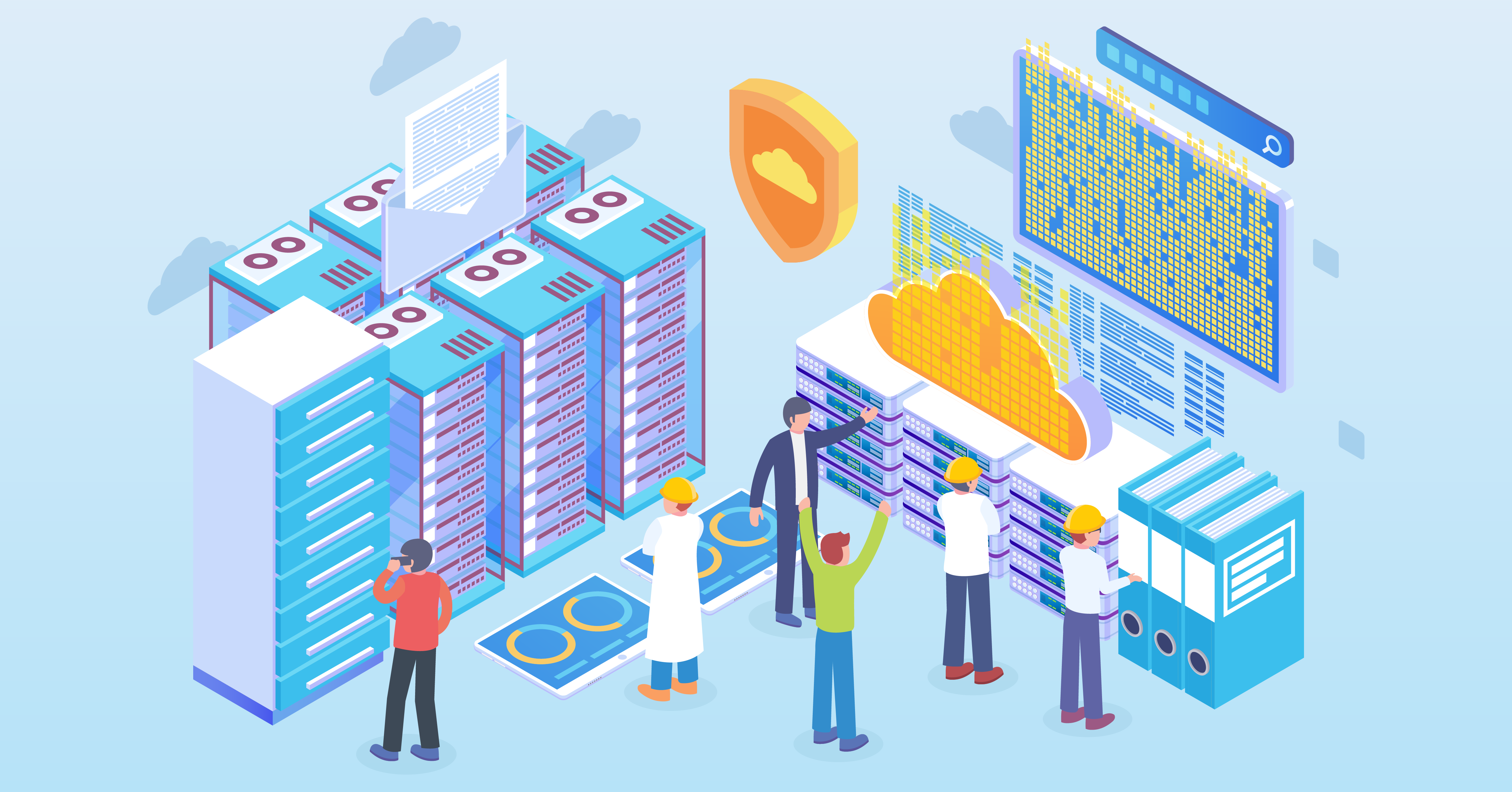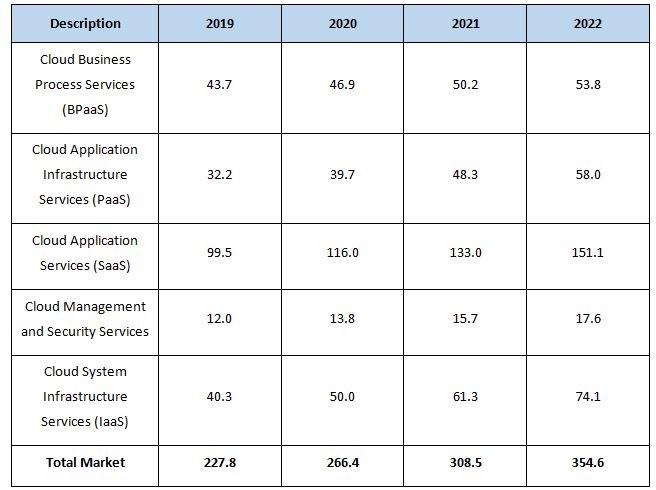Send Us a Message
Contact Information
Skizzle Technolabs India Pvt. Ltd.
Noel Focus, Kakkanad,
Kerala, India – 682021
The cloud is the catalyst for pursuing a Machine First approach to digital transformation. It enables a company to automate the business processes that make such transformations possible. Rather than maintaining its own cumbersome data centers and expensive infrastructure, an enterprise can leverage cloud computing resources to plug into enormous, on-demand computing power, data analysis, and other capabilities for a lower total cost of ownership than traditional computing architectures.

However, Cloud Migration is the process of moving digital business operations into the cloud. Most often, the word “cloud migration” described the move from on-premise or legacy infrastructure to the cloud. Many enterprises move their applications and data to the cloud to avoid the need to build and maintain an on-premise infrastructure. Moving to the cloud meant easy data backup and recovery. Much like a move from a smaller office to a larger one, a cloud migration requires quite a lot of preparation and advance work, but usually, it ends up being worth the effort, resulting in cost savings and greater flexibility. Cost is not the only factor driving this change. There are also factors like availability, accessibility, flexibility, scalability, and security involved which make it a viable business strategy with massive economic advantages.
From a business perspective, organizations are focusing on agility and automation to facilitate faster time to market. As part of their IT Transformation journey, organizations are vouching for the migration of their mission-critical IT workloads on the cloud to address the business demands of faster compute performance and scalable resources, irrespective of the traditional data-center infrastructure that limits these capabilities. As a result, cloud services continue to grow in value for mid-sized and SMBs pursuing cloud solutions at an affordable OPEX instead of investing in significant CAPEX into on-premise infrastructure deployments.
Worldwide Public Cloud Service Revenue Forecast (Bn USD) – Gartner

Source – Gartner
One must analyze the application using tools to determine the right path/strategy for moving it to the cloud. Gartner published the “5 Rs” model as far back as 2010, which defined all the options available to migrate a specific application to the cloud. Amazon adopted this model and extended it to 6 Rs: Rehost, Replatform, Repurchase, Refactor, Retire and Retain.
The following diagram illustrates the migration strategies in terms of cost and time to migrate. Repurchase is the cheapest and fastest option, while Refactor / Rearchitect is the most difficult, but also gives you the biggest opportunity to optimize the application and take advantage of cloud-native features.

Source – AWS Cloud Migration
Rehosting: When organizations want to migrate to the cloud quickly with minimum or no modification, then this approach is followed for migration of the application to the cloud. It is also called “Lift-and-Shift”
Replatforming: This requires few modifications to achieve the benefits like moving relational database service if enterprises are unable to manage database instances. However, core architecture remains the same.
Repurchasing: This includes purchasing new products or services to incorporate few changes in the core architecture. This strategy is implemented if enterprises are already on the cloud and want to transit significant workloads.
Refactoring / Re-architecting: This approach is worth pursuing if the enterprise wants to boost agility and maintain business. This can be an expensive solution for the enterprise as it requires re-architecting of the existing model.
Retire: In this approach, enterprises identify the IT assets that are not required and can be turned off without impacting the migration process. This may also imply that enterprises may completely dump these assets that don’t have future needs to fulfill.
Retain: This migration strategy can be aligned with the other strategies to achieve an optimal solution. If enterprises have clearly identified the IT assets to be retained, then retention of assets saves money and proves to be helpful if enterprises are not ready for the migration of their applications and data.
Scalability: Cloud computing can scale up to support larger workloads and greater numbers of users far more easily than on-premise infrastructure, which requires companies to purchase and set up additional physical servers, networking equipment, or software licenses.
On-demand Computing: Cloud technologies enable businesses to avail of computing resources on demand without investing in specific hardware and software. This allows the cloud computing provider to optimize the hardware needs of its data centers, based on the requirements of a business.
Better Customer Experience: With an improved customer satisfaction rate, digital transformation results in increased business revenue.
Empowered Decision Making: With well-organized data in hand, the decision process leads to the accomplishment of business goals and steady returns.
Improved Efficiency & Flexibility: The operations are faster and smoother after the digital transformation, making the business a profitable one. Users, whether they’re employees or customers, can access the cloud services and data they need from anywhere. This makes it easier for a business to expand into new territories, offer their services to international audiences, and let their employees work flexibly.
Improved Market Infiltration: The enhanced efficiency and improved decision-making and the flow of market penetration develop into being more competent. This aids businesses in developing a vast customer base, satisfaction, and profit margins.
Lower Footprints: It saves electricity costs and reduces the data centers’ carbon footprints.
Centralized IT systems: It enables businesses to enhance the accessibility of applications and data over the internet regardless of their current location. Therefore, it can facilitate seamless communication between onsite and remote employees by integrating with third-party channels.
No Upfront Capital Cost: When the business needs are outsourced to cloud service providers, they are the ones who will bear the cost of hiring more IT staff to manage the servers and saving a huge amount of money for the company.
Facilitate Employee Collaboration: Cloud migration helps businesses to operate in distributed work environments and work with remote employees. Businesses can further facilitate seamless communication and collaboration between remote employees using a variety of cloud-based communication and collaboration tools.
Ensure Business Continuity: Cloud service providers offer far better resiliency as they have multiple data center locations, and they keep duplicating data frequently, which is a cheaper way of enjoying cloud economies.
The cloud market is emerging and it comes up with innovative and emerging technologies. When we talk about the digital transformation in the longer term, cloud computing is increasingly appearing to be a major contributor in the ever-changing business landscape. Also, the cost benefits of cloud computing services have started gaining acceptance in today’s economy where organizations are highly focused on addressing financial challenges.
Are you looking for cloud services? Let’s connect!

High-performing teams are the distinctive feature of an industry-leading business. This can ensure the business's success in the long run. Working in a team...
Read More
Since the pandemic hit the world, the new normal is working from home. Gen Y and Gen Z are the largest workforce units of...
Read More
You have much to consider when looking for a solution for human resources (HR) technology. What is the right fit for you? How are...
Read More
As we have seen human resources and information technology have become more intertwined during the last decade. Manufacturing, financials, sales and marketing, and supply...
Read MoreSkizzle Technolabs India Pvt. Ltd.
Noel Focus, Kakkanad,
Kerala, India – 682021